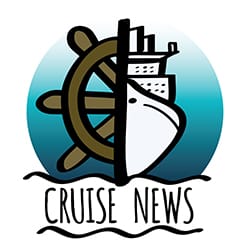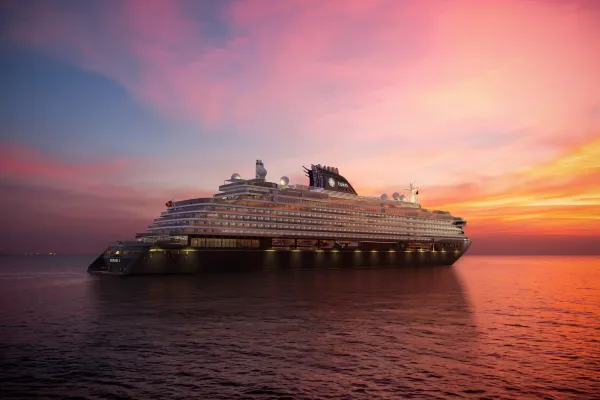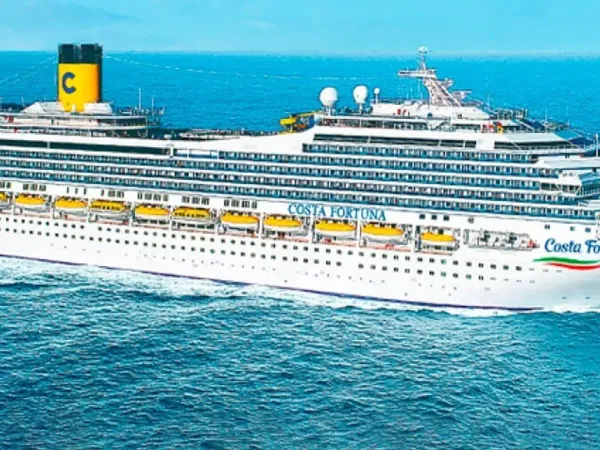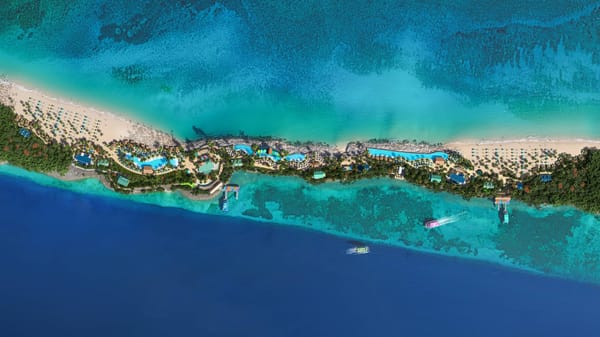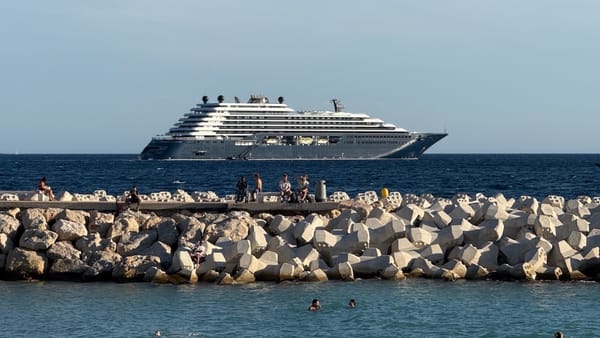New Zealand Braces for 40% Drop in Cruise Ship Visits, Threatening Jobs
A steep decline in cruise ship arrivals threatens thousands of tourism jobs and regional businesses in New Zealand, as industry leaders call for urgent reforms to stabilize future growth.
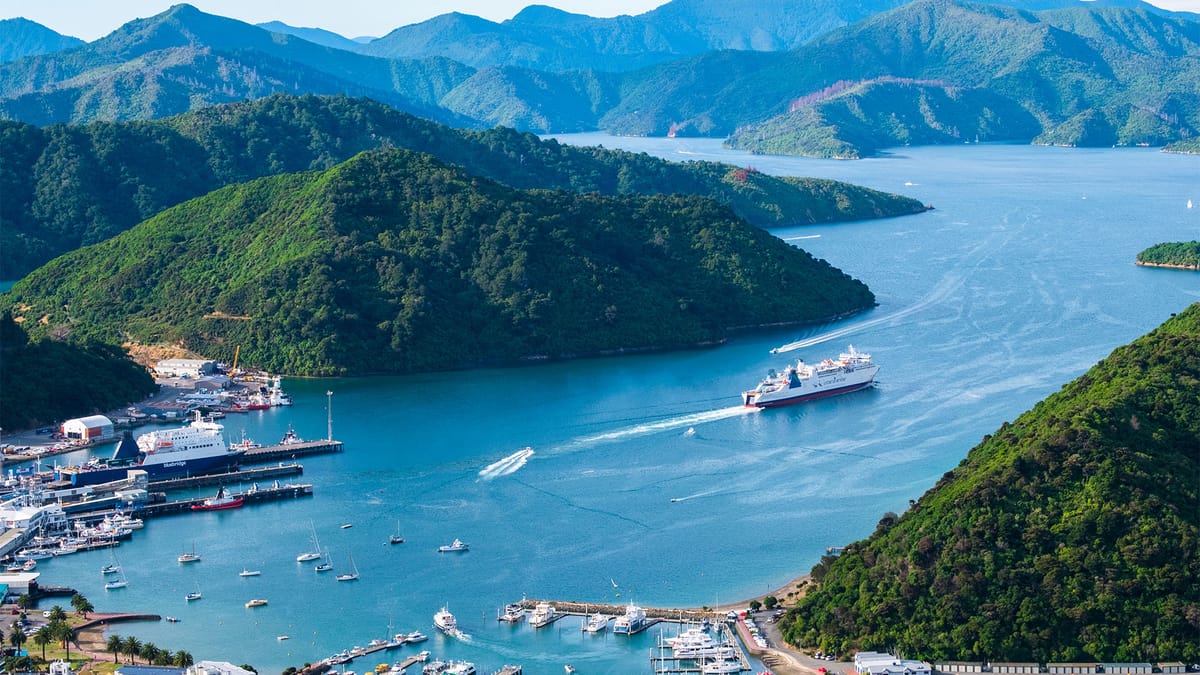
The cruise industry in New Zealand is grappling with significant challenges as ship visits and passenger numbers plummet, raising concerns about the country's tourism and economic outlook. Once hailed as one of the fastest-growing cruise destinations globally, New Zealand now faces a steep decline in cruise activity due to rising costs, regulatory complexities, and environmental considerations. Industry leaders, ports, and government officials are scrambling to address the downturn and prevent long-term damage to regional economies and thousands of jobs.
Sharp Drop in Cruise Ship Visits
The New Zealand Cruise Association (NZCA) recently announced a worrying 40% projected drop in cruise ship visits for the 2025–26 season compared to the record-setting 2023–24 year. Passenger numbers are expected to fall from 330,000 last year to approximately 215,000, marking a concerning trajectory for the sector. This decline affects 20 of 21 ports nationwide, underscoring widespread ramifications.
Before the pandemic, New Zealand enjoyed a robust cruise industry, contributing $1.37 billion annually to the economy, including $637 million from direct spending and $730 million in indirect contributions. However, operators now find the country's regulatory and operational environment increasingly difficult to navigate, impacting fleet deployment decisions made years in advance.
Operational Challenges and Industry Constraints
Industry representatives cite high costs, complex regulatory frameworks, and stringent environmental standards as key deterrents to cruise line deployment in New Zealand. Among these, biosecurity rules such as biofouling regulations have been particularly challenging, requiring significant resources to meet compliance for older vessels. Jacqui Lloyd, chief executive of the NZCA, termed the outlook “dire,” noting that New Zealand’s clean-and-green image underscores the importance of eco-friendly policies, even as it inadvertently discourages some ship visits.
- Escalating port fees and operational costs affecting profitability.
- Uncertainty surrounding regulatory and biosecurity compliance complicating planning cycles.
- Comparative ease and profitability of alternative cruise destinations elsewhere.
- Long-term fleet planning forcing cruise lines to prioritize regions several years ahead.
The industry's contraction runs counter to global trends, where cruise markets in other countries are expanding, highlighting New Zealand’s struggle to remain a competitive destination.
Economic Fallout and Risks to Regional Economies
New Zealand's cruise industry supports approximately 10,000 jobs annually in sectors such as tourism, hospitality, transportation, and port operations. The declining number of ship visits and passengers is expected to strain regional economies reliant on visitor spending. Jacqui Lloyd lamented, “There will be job losses ... predominantly through hospitality and tourism providers, drivers for coaches, likely within ports for teams that usually will look after cruise vessels.”
Tour operators, retailers, and port service businesses in smaller towns and cities face heightened risk of economic hardship. The NZCA warns that sustained reductions in capacity could force some operators to exit the sector altogether, making recovery far more challenging in the long term.
Actions for Stabilization and Recovery Efforts
In response to the crisis, the New Zealand government has established a working group in partnership with the cruise industry and port operators. Collaborative efforts include re-evaluating pricing structures, expanding infrastructure such as Auckland’s cruise terminal, and exploring the development of an in-water biofouling cleaning station to simplify compliance processes.
Furthermore, the NZCA laid out a four-pronged strategy to guide recovery:
- Advocate for transparent and stable regulatory frameworks to reduce uncertainty.
- Promote New Zealand as a cruise-friendly destination at global events.
- Strengthen partnerships between public agencies and the private sector.
- Review and update the Cruise Aotearoa New Zealand 2040 blueprint to reflect evolving market realities.
Tansy Tompkins, NZCA chair, emphasized that critical mass is essential to sustain viable operations, noting, “If the volumes remain at current forecast levels or drop further, some businesses may exit the sector altogether, and rebuilding that capacity will not be quick or easy.”
Optimism for Long-Term Recovery
While the immediate forecast remains grim, industry experts believe a turnaround is possible if regulatory hurdles and cost structures are addressed quickly. Recovery prospects hinge on decisions made in the near term, which could shape the 2027–28 season and beyond. Ports are focusing on long-term projects, such as expanded facilities for larger vessels, and Customs is piloting an online Traveller Declaration form with Princess Cruises to improve passenger processing efficiency.
The NZCA remains cautiously optimistic, urging proactive solutions to restore commercial viability and provide cruise lines the certainty needed to plan future deployments to New Zealand’s waters.
Frequently Asked Questions (FAQs)
Why are cruise lines avoiding New Zealand?
Operators cite high port fees, regulatory complexities, including biosecurity compliance, and operational uncertainties, which make New Zealand less commercially viable compared to other regions.
Has passenger demand decreased?
No, demand remains robust, with passengers rating their New Zealand experience highly. The primary challenge lies in the economic and operational considerations for cruise lines planning their itineraries several years in advance.
How does cruise tourism contribute to New Zealand’s economy?
Cruise activities added approximately $1.37 billion to the economy last year, including direct and indirect spending. Thousands of jobs are supported in sectors like hospitality, transportation, and port operations.
What measures is New Zealand implementing to support the decline in cruise visits?
The government and industry stakeholders are collaborating on strategies to stabilize the sector. Initiatives include reviewing fee structures, promoting the country globally as a cruise destination, and addressing biosecurity concerns with potential infrastructure solutions such as an Auckland cleaning station.
When can recovery be expected?
If regulatory and cost challenges are resolved promptly, growth opportunities may emerge from the 2027–28 season onward. However, delays in addressing these issues could deepen the crisis and slow recovery efforts.
